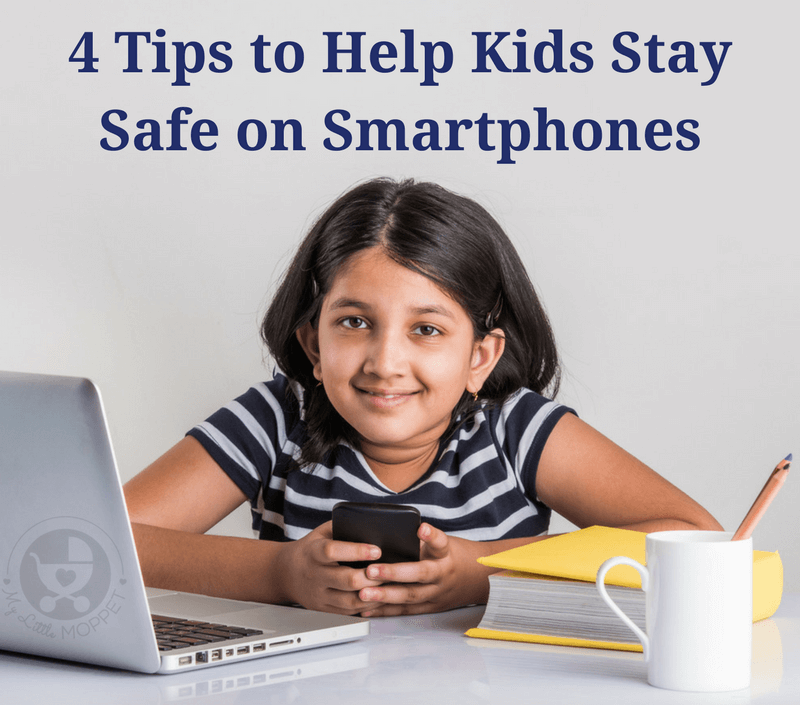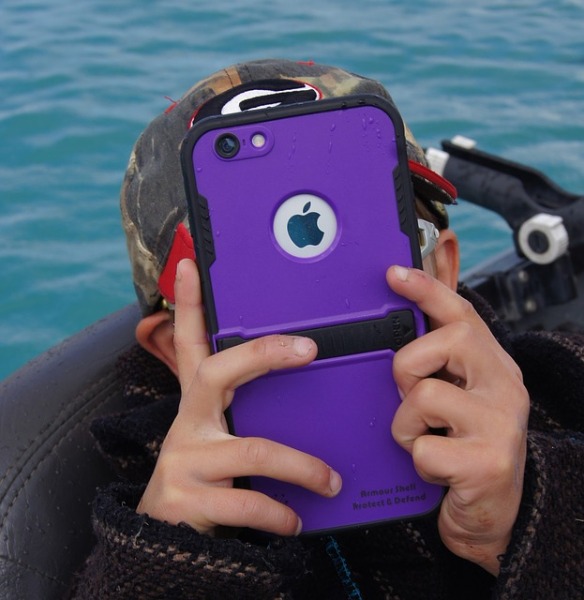Talking Back
Your child is behaving rudely, speaking to you and others in a disrespectful way, either in tone or choice of words, or both.
Usual Reasons- when this is unusual or new behavior for your child
· He or she is sick or coming down with something. If you notice sniffles, irritation in throat, nasal voice, lethargy, lowered interest in usual games, warm forehead, rashes or problems with urinating or bowel movement, then we may suspect the child is coming down with a viral or other problem. This is likely creating temporary irritability. Best option is to talk to them about your suspicion, help them understand, and ask them to keep an eye on further symptoms. Start them on some warm water and tulsi leaves and prevent exposure to extreme temperatures. After addressing their health issue, ask them to mind their tone or language with you. This should be easier for your child when they understand where it is coming from.
· Growth spurt making them hungrier and more cranky than usual. Since a child is born to teenage, there are periods lasting a few days to a couple of weeks when a child experiences growth spurts. During this time, the child is hungrier and sleepier than usual. During a spurt, there are changes in the body that make the child cranky or fussy. Be empathetic and patient. Add some wholesome snack to their diet, if old enough. So, if they have lunch at 3pm, milk at 6pm and dinner at 9pm, during a growth spurt give them snack at 5:30pm and milk at 7 before dinner. This can be fruit chaat, oatmeal, healthy sandwich (with salad leaves, cucumbers, cheese and seeds), dosa, poha or upma etc. Encourage them to nap in day or bring up bedtime by half an hour. With their blood sugar balanced better, their mood and language should reset to a more stable level. Growth spurt passes after few days to weeks.
· Change in diet
o Eating too much sugar –If your child starts taking too much sugar through candies, ice-creams or in other ways, they will experience mood swings, with some children being much more vulnerable than others to crankiness or jumpiness due to excessive sugar. If they are popping candies a lot, ask if they are feeling hungrier than usual these days and/or have growing pains like aching legs. If you suspect a growth spurt, take actions as above to add healthy snack and reduce the sugar intake. Sometimes children overeat sugary foods when feeling upset. Ask about their feelings, friends, studies etc. Remove candies from view and keep fresh fruits and non-sugar snacks like makhane (lotus-seeds), roasted almonds or savouries in plain sight. Reducing sugar intake will automatically stabilize mood. Then, a gentle reminder to be polite will be enough.
o Getting too little raw or uncooked veggies and fruits (salads) –Growing children need highly nutritious food. Make sure you give them fresh, raw foods like cucumber, carrot, broccoli, onion, tomato, sprouts, salad leaves etc. in enjoyable ways. Get creative. Put chopped uncooked veggies into pita bread, with a dollop of cream cheese to make a Mexican-style dish or put it on multigrain bread, sprinkle seeds like flax, sesame, chia and add some dressing for continental-style sandwich. Boiled potatoes and fried pieces of bread can be added to salads to enhance the “fun factor”. Also get them to get some early morning or late evening sun. This adds the missing nutrients and re-balances their mood.
o Too little carbs like rice or chapatti that stabilize mood –One bane of modern urban life is that everyone wants to go on a diet. Taking too little carbs like chapatti and rice reduces the tryptophan available to our brain to make the happy chemical serotonin. Serotonin is a mood regulator and is considered a “happiness hormone”. Carbs in diet make tryptophan available to brain to make serotonin. Add a chapatti, parantha, or some rice and watch your child go from frown to smile. Happy kids speak nicely.
· Experiencing bullying in school or online –Children may start talking back if they feel threatened at school or home. Ask them about bullying and ask their preferred way of dealing with it. Write or talk to their teacher and help them feel safe again. Teach them a few tricks to deal with bullying behavior, like standing up for oneself, threatening to inform the authorities, involving the bully’s parents etc. Then draw your boundary by saying what kind of language or tone you will not tolerate. This also tacitly teaches the kids to demand better treatment from others without feeling bad about it.
· Breakup or quarrel with friend –It is frustrating for a child to lose their “best friend”. A quarrel or breakup can make them angry, confused, hurt or distrustful. Even 3 year olds are very serious about friendships and need help sorting through their feelings when a friend starts ignoring them or breaks up. Give a patient ear. Teach them a few life lessons you wish to pass on. Then ask them to be polite to you and others.
· Exam or performance pressure –As school systems become more child-centric, you would think exam pressure is nearly gone. But it is not so. Kids have performance pressures, whether in sports, co-curriculars, academics or various group activities and competitions they participate in. Tell them they can talk to you about their pressures but need to keep their tone soft. As they find outlet for their troubles they will become happier and return to politeness.
· Disturbed sleep –Sleep is critical for a healthy body. If sleep disturbance is responsible for cranky mood of child use these tricks for healthy and peaceful sleep.
o Stop or reduce daytime napping
o No scary or violent shows before bedtime
o Use soothing music
o Start a short sleep routine, e.g., wash face and feet, change clothes, pack schoolbag for next day, sip water, turn out light and get into bed. You may include a short chant or prayer if it resonates with your family culture.
o Check room for mosquitoes, excess noise, and excess dust. Do the needful for it.
o If there are medical reasons for sleep disturbance, like blocked nose, body-ache, infection or other problem, treat the disease.
Once sleep is restored usual personality of child will be back.
Usual Reasons- When this is the typical style of behavior
Try to bring all family members on the same page when trying to change a child’s behavior. So that the child gets similar cues and is not confused about what is expected from him or her.
· Imitation. If your little monkey has seen someone like a close family member or regular visitor using rough language, he or she may choose to copy this person. Esp. if the rude person is also feared, respected or enjoys special status. Help your child see the power of politeness, how courtesy opens doors and easily gets us what we want. Show them successful and happy people in real life who are always polite. Give them better role models to imitate. Be one.
· Don’t get attention when polite. We often forget to pay attention to the kid when he or she is doing everything right. Sometimes speaking loudly or rudely is the fastest or surest way to get your attention. Then rude language becomes the child’s habit. Retrain yourself so that you ignore the child’s demands when he or she speaks rudely. You appreciate them for speaking nicely, either to you or their friends or other family members. When child starts getting attention for nice tone they will gradually change their habit. It always works.
· No negative consequence. “Give it” is quicker to say than, “Please may I have it”. If there is no negative consequence of taking the rude shortcut, impolite language becomes a habit. Expect courtesies like please. For children under 5 do show the correct behavior by using polite words to them and other family members.
· Too much screen, too little physically strenuous activity. Kids are bundles of energy and need to burn it off. Give your child lots of opportunity for rough and tumble play, outdoor activities and age-appropriate sports and games. Limit screen time (read chapter on screen-time for how-to). When their natural aggressive energies are release through play they can be taught to use polite language much more effectively. Demand politeness, show them how and give attention when you get the kind of language you appreciate.
Reproduced with permission - Garima Gupta, Life Coach & Author








